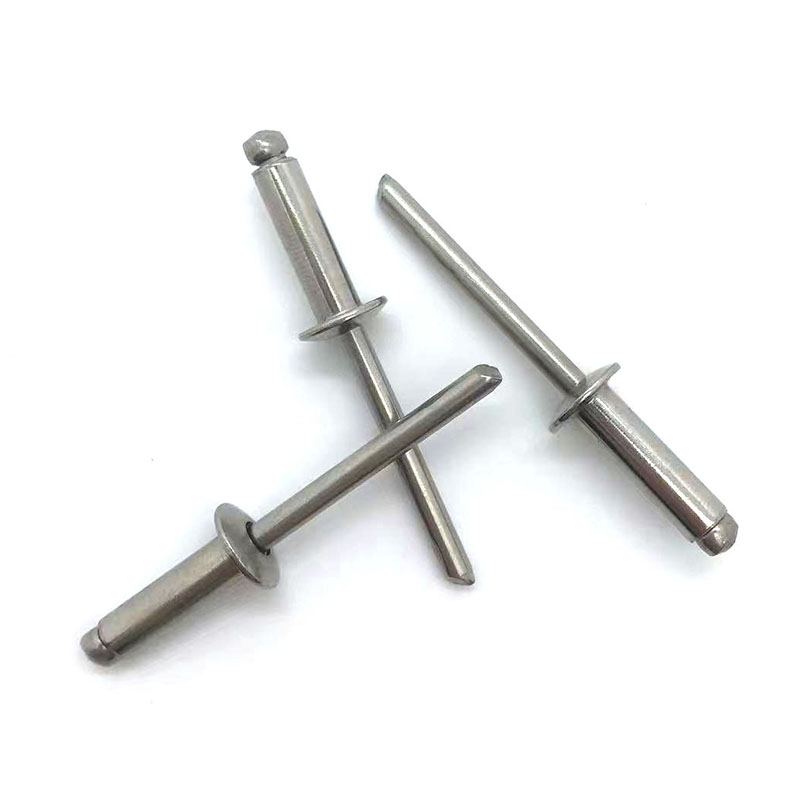Blind Rivet
A blind rivet, also known as a pop rivet, is a type of fastener used to join two materials together when access to the backside of the joint is limited or impossible. It is commonly used in various industries, including automotive, aerospace, construction, and manufacturing.Blind rivets consist of t......
Send Inquiry
Product Description
A blind rivet, also known as a pop rivet, is a type of fastener used to join two materials together when access to the backside of the joint is limited or impossible. It is commonly used in various industries, including automotive, aerospace, construction, and manufacturing.
Blind rivets consist of two main parts: the rivet body and the mandrel (or pin). The rivet body is a hollow tube with a flange or head at one end, while the mandrel is a thin rod that fits inside the rivet body. The mandrel typically has a bulbous head at one end and a threaded portion at the other.
The blind riveting process involves the following steps:
1. Drilling: A hole is drilled through the materials to be joined. The hole must be slightly larger than the diameter of the rivet body.
2. Insertion: The blind rivet is inserted into the hole from one side of the materials to be joined.
3. Riveting tool: A riveting tool, such as a rivet gun or a rivet tool, is used to apply force to the mandrel end protruding from the blind side of the materials. This action deforms the unthreaded end of the mandrel, causing it to expand inside the hollow portion of the rivet body.
4. Mandrel breaking: As the mandrel is being expanded, it reaches its tensile strength limit. At this point, the force on the mandrel is increased, causing it to break at the threaded portion. The remaining part of the mandrel is discarded.
5. Rivet set: The riveting tool continues to apply pressure to the flange of the rivet body, pulling it towards the materials' blind side. This creates a tight joint and compresses the materials together.
The blind rivet is now securely fastened, and the joint is complete. Blind rivets are quick and easy to install and do not require access to both sides of the joint, making them ideal for applications where the backside is not reachable.
Blind rivets come in various materials, sizes, and head styles to suit different applications and requirements. Factors like material thickness, load-bearing capacity, and environmental conditions should be considered when choosing the right blind rivet for a specific task.










